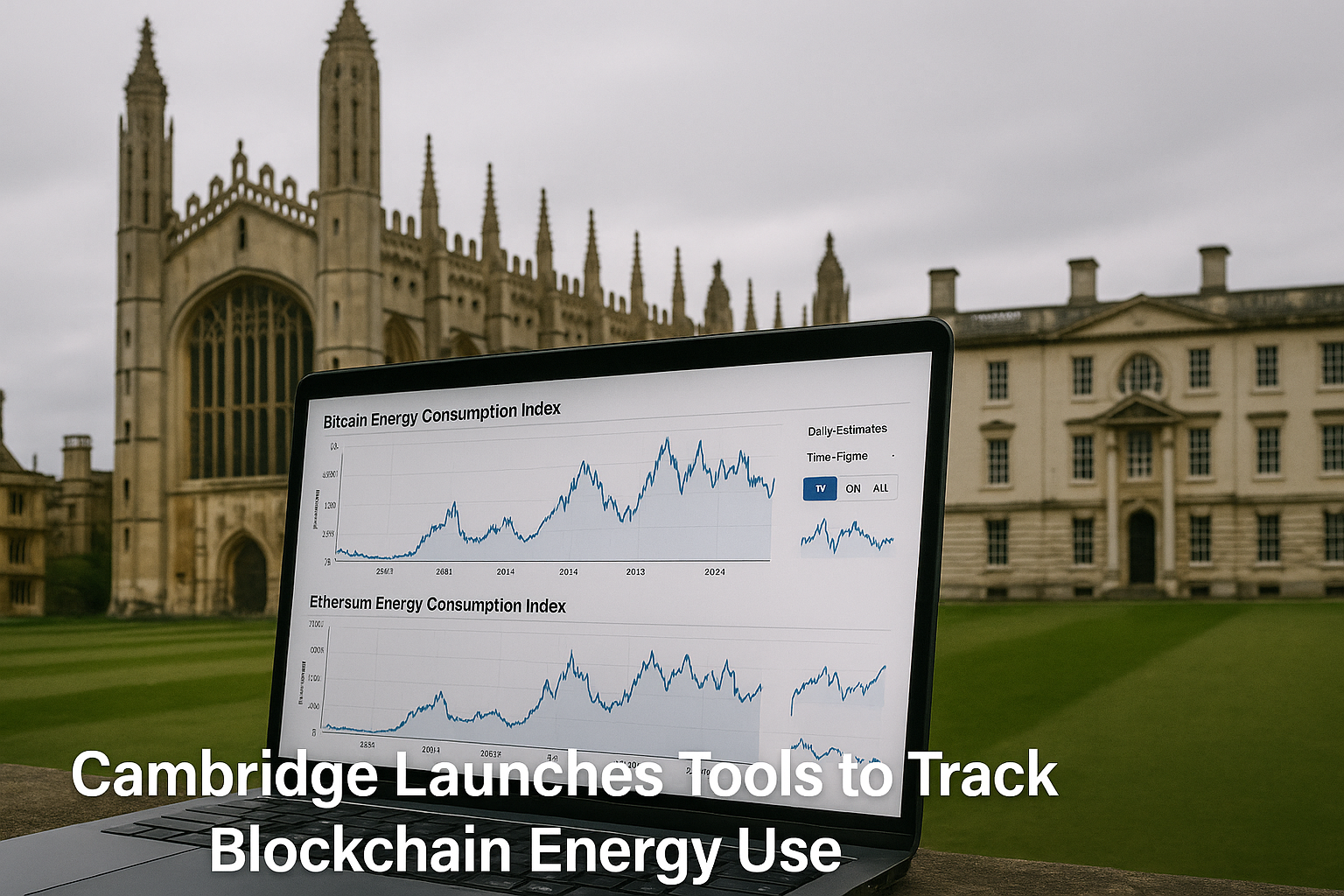In a pivotal move for sustainability in the blockchain sector, the Cambridge Centre for Alternative Finance (CCAF) has launched upgraded tools designed to track the energy consumption of leading blockchain networks, including Bitcoin and Ethereum. These advancements arrive at a critical time, as global policymakers, environmental organizations, and crypto industry leaders increasingly grapple with the environmental implications of decentralized technologies.
The New Tools: Data-Driven, Transparent, and Publicly Accessible
At the heart of the update lies the Cambridge Bitcoin Electricity Consumption Index (CBECI) and its Ethereum counterpart. These tools aim to provide real-time, publicly available estimates of the energy consumed by these two leading blockchains. Crucially, the tools also allow for comparative analysis over time—letting users see how upgrades, such as Ethereum’s transition to Proof-of-Stake (PoS), have dramatically reduced energy demands.
The Cambridge team emphasized that the updated dashboards offer:
-
Granular data visualizations of network energy demand
-
Scenario-based forecasting based on miner behavior and hardware efficiency
-
Emissions estimates, based on global mining location data and electricity grid carbon intensity
These improvements help stakeholders—from developers and investors to governments and journalists—make informed decisions rooted in transparent data.
Why This Matters: Toward Greener Blockchain Policy
As Bitcoin continues to operate under the energy-intensive Proof-of-Work (PoW) model, critics have long pointed to its environmental cost. Ethereum’s 2022 transition to PoS, which cut its energy use by over 99%, set a powerful precedent for change—but also raised expectations for accountability.
The CCAF’s toolset enables deeper insight into these dynamics. For example, users can compare the pre- and post-Merge energy usage of Ethereum or assess how regional mining migrations (such as the post-China ban shift to the US and Kazakhstan) have affected global emissions.
Regulators and environmental advocates have also welcomed these updates. Accurate, objective data is the bedrock of effective sustainability policy—and with these tools, there’s less room for speculation and more room for action.
Industry Reactions and the Road Ahead
Reactions from the blockchain industry have been largely positive. “Transparency breeds trust,” said one Ethereum Foundation representative. “When institutions like Cambridge provide open, verifiable data, it becomes easier for the entire ecosystem to align around sustainability goals.”
Others see this as a moment of reckoning for Bitcoin. While its community remains staunchly committed to PoW, pressure is mounting to demonstrate how mining can become more efficient and greener, especially through the use of renewable energy sources.
Looking ahead, the Cambridge team hinted at future enhancements, including tracking more blockchain networks, layer-2 scaling solutions, and integration with ESG reporting platforms.
A New Era of Accountability for Blockchain Energy Use
As blockchain technology matures, so too must its accountability. With Cambridge’s latest sustainability tools, the industry moves closer to a future where digital innovation does not come at the cost of environmental stewardship. By grounding policy, investment, and technical choices in data, the path forward becomes clearer—and greener.




